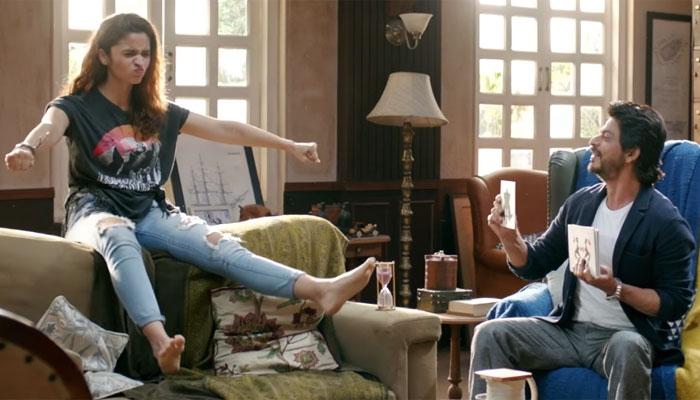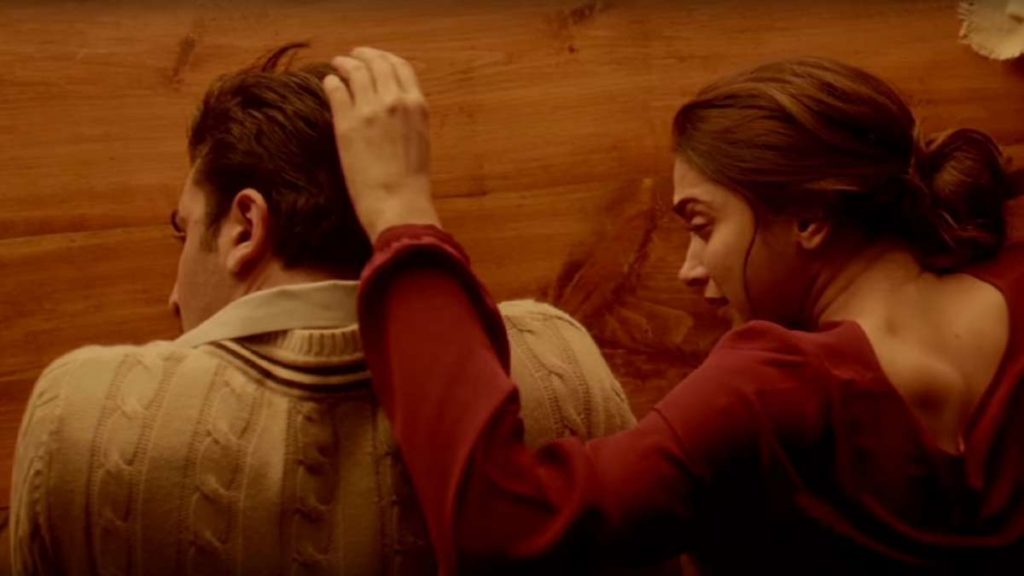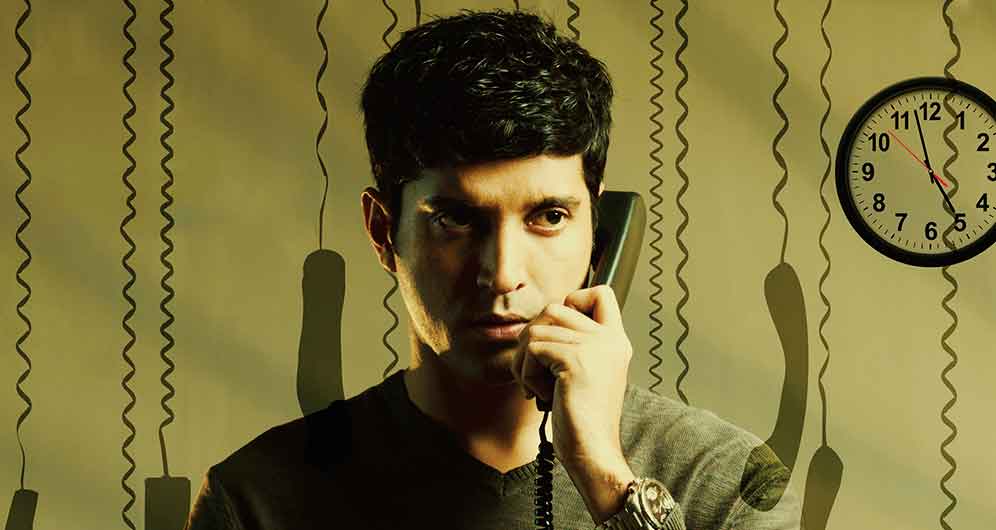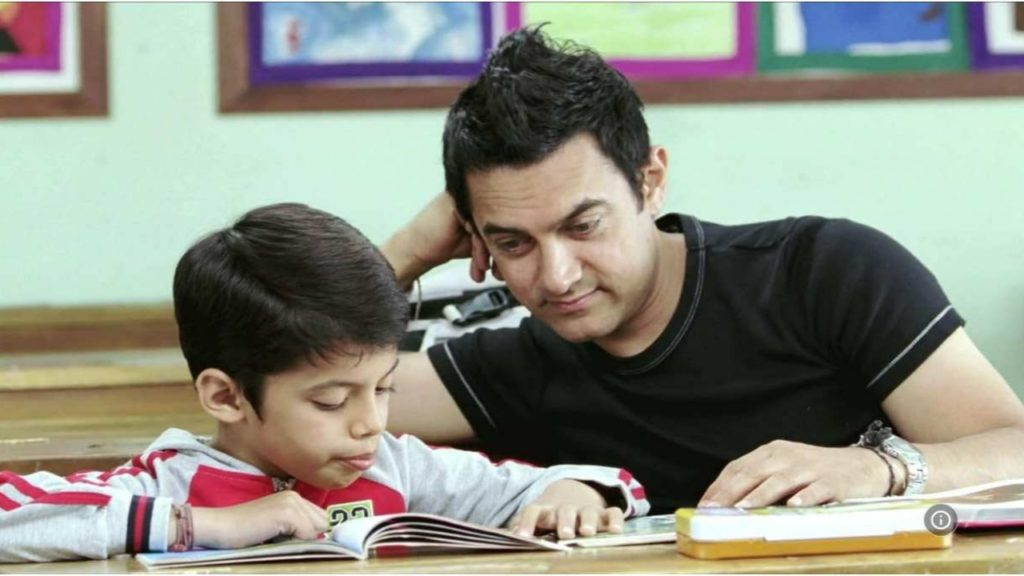Bollywood’s Take on Mental Health: Changing Perceptions Through Film
7 Min. ReadFor decades, the most successful formula for Bollywood success has been a combination of great music, big budgets, bigger emotions that make the audience sing, laugh and cry. But in recent years, the Indian film industry has added a new dimension to its repertoire: the realistic presentation of the conditions affecting an individual’s mental health. Traditionally, mental health lacked awareness in India, and it has often been viewed through the lens of social prejudices and myths. But Bollywood has started a trend of changing this perception slowly and steadily. The presentation of characters with mental health issues and an example of their whole journey helps Bollywood movies establish a dialogue about mental health and fight stigma. Let’s dive into some notable films that have taken a stand and led this change: Dear Zindagi, Tamasha, Kartik Calling Kartik, and Taare Zameen Par are some of the examples of movies in Indian cinemas that depict this attractive character trait of the youngster.
Dear Zindagi: Conversations with the Heart

Kaira’s character is portrayed by Alia Bhatt, a young independent woman and a cinematographer who struggles in her professional and romantic life. Her life seems to be at its rockbottom when she reluctantly signs up for therapy sessions with Dr. Jehangir Khan (SRK).
Dear Zindagi encourages people to talk about their emotions and incidents affecting them mentally and, if required, consult a professional. They de-stigmatise therapy and present it as a helpful service that can improve a person’s well-being. This is why the movie can be considered successful: it makes people understand that therapy is alright and reminds them that there is no shame in fighting one’s mental issues.
Tamasha: Unmasking the True Self

In Tamasha, the lead male protagonist, Ved, is played by Ranbir Kapoor, an average man who dislikes his corporate job routine. He wants to be a storyteller but does not have the right outlet.
An interesting plot of Ved’s journey depicts how the world oppresses one to suppress the spirit one carries within him or her. He has always been intrigued by stories, and as a young boy, Ved loves to listen and even tell stories. But later in his life, he gives in to societal pressure and follows what others do. He lives his life as an average person, although he has to fight against this constant state of unhappiness that he experiences inside.
The movie portrays Ved’s breakdown, the fact of his impending nervous breakdown, which forces him to address his disorders.
Ultimately, Ved’s journey is a powerful metaphor for staying true to oneself. The film’s narrative structure shifts between Ved’s vibrant inner world and his bleak reality. It emphasizes the emotional toll of living a life that’s not aligned with one’s true passions and desires.
Kartik Calling Kartik: A Thrilling Descent into the Mind

Best described as a psychological thriller with an element of surprise, Kartik Calling Kartik is an interesting experience for the viewer. Farhan Akhtar is seen in the feisty Kartik role of a man with low self-confidence and introvert who suddenly starts receiving phone calls from himself!
There are issues of schizophrenia and dissociative identity disorder depicted in this film; therefore, it’s an in-depth study of the mind. It keeps the viewer on the edge while giving insight into the difficulties of mental health. Kartik treats a young woman named Tara for PTSD; while he himself gradually shows symptoms of psychosis with hallucinations, delusions, and stalking, the film becomes entwined with the idea of mental disorder. The final scene, where people are informed of the actual phone calls, can be seen as a deeply emotional portrayal of how those with serious mental health disorders have it in society at large.
Kartik Calling Kartik is a daring step to depict mental ailment engagingly and sensitively to make the audience think about the lives of those suffering. This way, it fights the stereotype connected with mental illness since it shares the story appealingly and excitingly and stays with the viewers for days.
Taare Zameen Par: Seeing the World Through a Child’s Eyes

The grand finale is Taare Zameen Par, who speaks of a dyslexic child, Ishaan, portrayed by Darsheel Safary. Aamir Khan plays Ram Shankar Nikumbh, who, as an art teacher, understands the child’s condition and helps him find confidence and thrive.
From the plot depicted in Ishaan’s story, it is evident that children with learning disabilities struggle in school. He has difficulty reading and writing, resulting in poor performance and punishment, further compounding his loneliness and frustrations.
It is critical moments like Ram Shankar Nikumbh’s arrival into Ishaan’s life that pioneered a new phase in the lives of the children. Nikhumb can understand the condition of Ishaan and uses various strategies in an attempt to teach the kid. The film’s depiction of Nikumbh’s empathetic approach underscores the importance of understanding and addressing the needs of children with learning disabilities.
Taare Zameen Par challenges the traditional education system and societal attitudes towards mental health. The film’s emotional depth and powerful performances resonate with viewers, making it a seminal work in Bollywood’s portrayal of mental health issues.
Bollywood: A Catalyst for Change
Regarding the future of mental health in Bollywood, the outlook is positive. As more directors are now ready to take up the mantle and tell these stories, there is the added promise of more richly depicted mental health issues across bipolar disorder, PTSD, and anxiety. Also, with the passage of time and establishing itself as an opinion-maker and a changer of social norms, Bollywood has an important responsibility to break the stigma around mental health.
Movies kindle ideas and bring about change, and Bollywood can aptly and effectively play that role in India.
The future of the portrayal of mental health in Bollywood is looking up. With an increasing number of filmmakers willing to tackle these subjects head-on, we can expect more nuanced and diverse portrayals of mental health issues across conditions like bipolar disorder, PTSD, and anxiety. Moreover, as Bollywood continues to influence public opinion and societal norms, its role in destigmatising mental health cannot be overstated. Films can shape perceptions and drive change, and Bollywood is uniquely positioned to lead this charge in India.
A Call to Action: Supporting Mental Health Awareness
Last but not least, as viewers, we, too, have to be part of this movement. Thus, we work for a more tolerant society when proposing films whose stories deal with mental health problems or participating in discussions inspired by these films. From sharing the topic of movies watched with friends/family or getting people to support a cause like mental health awareness, every step helps.
It is possible to conclude that Bollywood’s path to elevating mental health awareness is still in its early stages. The motion picture as a cultural genre has always mirrored society and its direction; hence, observing our interiority is commendable. Looking to Bollywood for the lead, we can only look forward to the time when people’s health of the mind is just as popular a subject as that of the star’s hit movie.
Written by – Aashna Vidyarthi



